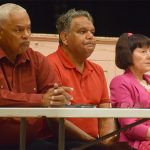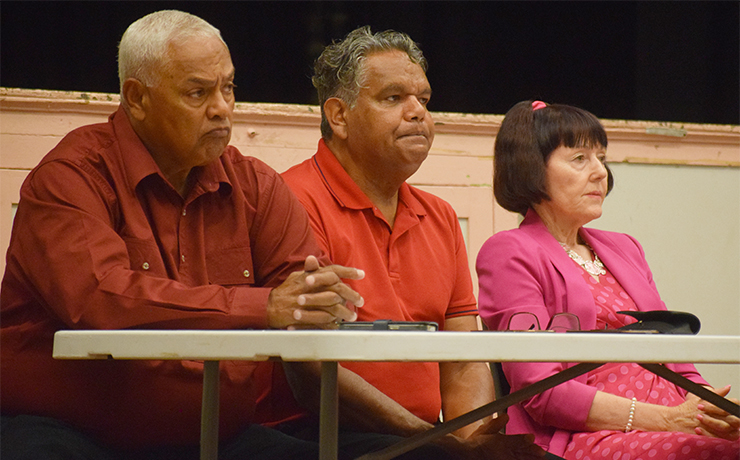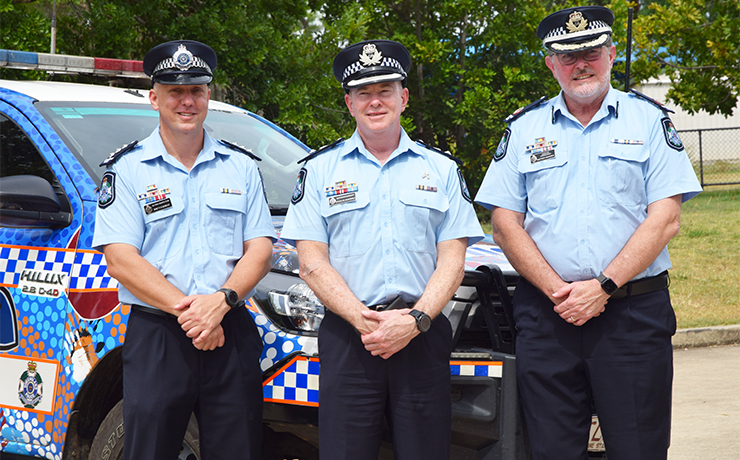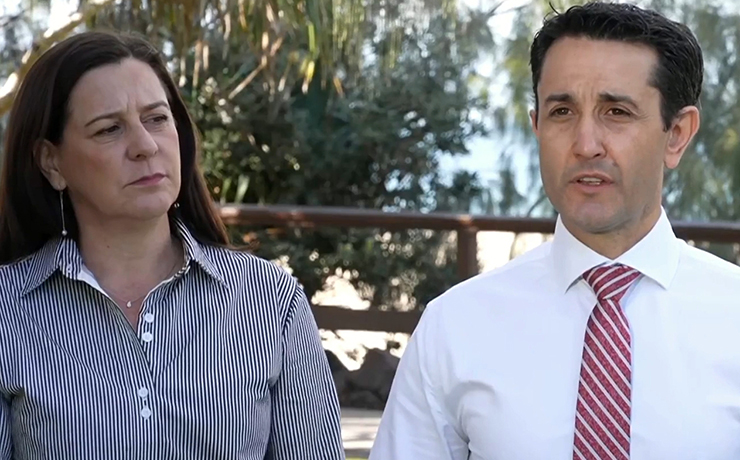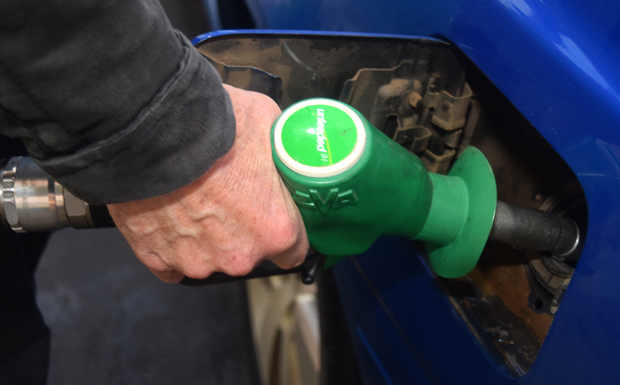
June 25, 2015
A decision by the Federal Government last November to reintroduce fuel excise indexation will cost South Burnett drivers more money at the bowser in future.
But it will also produce extra funds for local councils.
Yesterday the Federal Government announced it will provide an additional $1.105 billion in funding for the Roads to Recovery Program over the next two years, funded by the fuel excise.
This means councils across Australia will receive an extra $300 million in 2015-16, on top of the already doubled $700 million they are receiving this year.
And in 2016-17, local governments will receive an extra $805 million in addition to the $350 million they were already scheduled to receive.
But in 2017-18, the Roads to Recovery Program will revert to its base funding of $350 million and the excise boost will cease too.
“This is a significant structural reform,” Member for Wide Bay Warren Truss said.
“This major boost to local road construction and maintenance reflects the importance the Australian Government places on building the infrastructure future of Australia.
“While the impact on individual households is modest, this measure will provide a predictable and growing source of revenue, which will help the Government boost its investment in road infrastructure.”
SBRC Mayor Wayne Kratzmann said he was very pleased to hear about the additional funding.
“We usually receive about $1.1 million in Roads to Recovery funding, and we had already budgeted to receive double that in 2015-16,” he said.
“When we drew up this year’s Budget, though, there were a couple of roads we wanted to fix that we had to leave on the table because we didn’t have the money.
“But now we may be able to do them this year after all.”
The Mayor said he didn’t yet know what the Region’s allocation from the fuel excise tax would be, but said any extra funding from the Federal Government was always welcome.
Cherbourg Aboriginal Shire Council and Gympie and Toowoomba Regional Councils will also benefit from the fuel tax bonus.
* * *
What Is Fuel Excise?
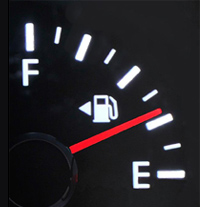 Fuel excise is a tax the Federal Government puts on every litre of fuel sold in Australia.
Fuel excise is a tax the Federal Government puts on every litre of fuel sold in Australia.
It was introduced in 1983 after a High Court case found fuel franchise fees levied up to that time by state governments were unconstitutional, because only the Commonwealth had the power to levy a fuel tax.
This decision threw State Government revenues into doubt.
So the Federal Government introduced the fuel excise tax and gave the money it raised back to the states.
The levy was originally indexed to the Consumer Price Index, but it stopped being indexed in 2001 when the GST was introduced.
It then remained at 38.143 cents per litre until November 2014, when the reintroduction of indexation bumped the excise up to 38.6 cents per litre.
From now on, the fuel excise will increase twice a year, in February and August, in line with movements of the Consumer Price Index.
For a typical household consuming 50 litres of fuel per week, the current impact is estimated to be an extra 40 cents per week.
The measure is expected to raise an extra $3.6 billion over five years to the end of 2018-19, and $23 billion over the next decade.
The Federal Government says that all excise increases will be dedicated to road infrastructure.










